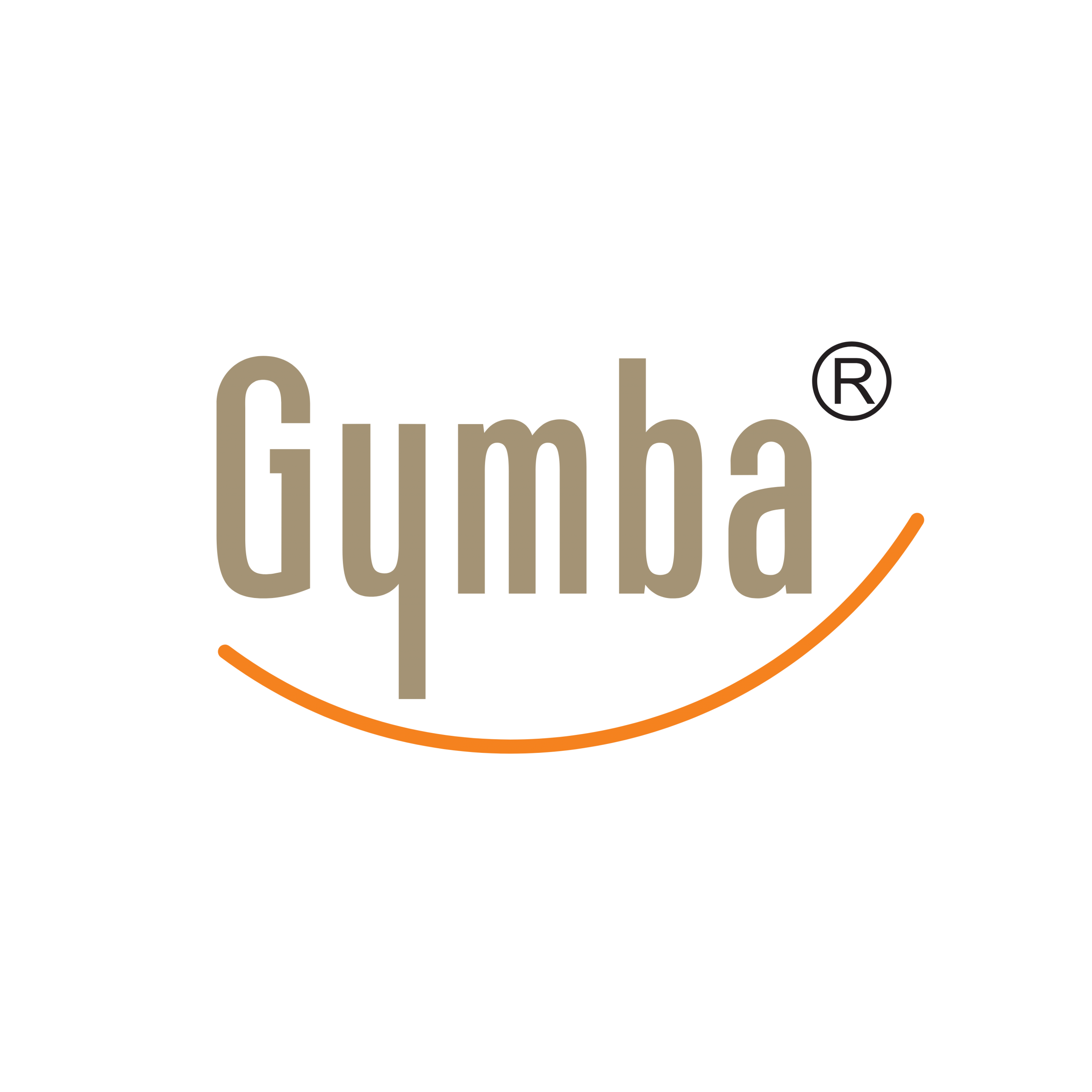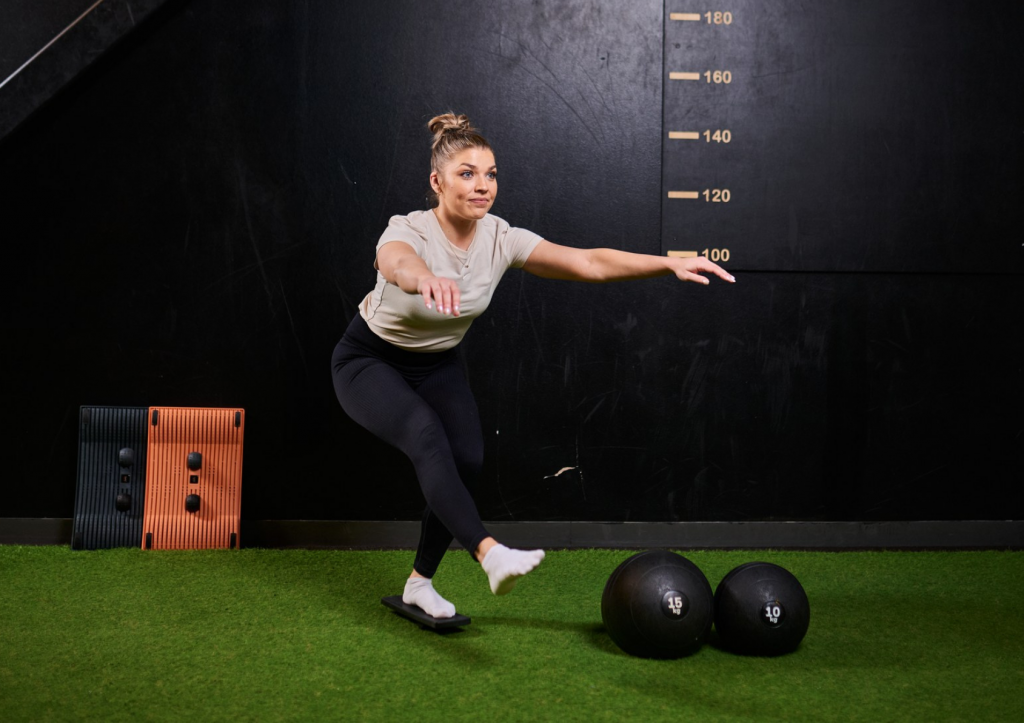Returning to training after an injury can be a challenging time for athletes at any level. The rehabilitation process requires patience, persistence and a strategic approach to ensure a safe and effective return to peak performance. Proper rehabilitation not only helps athletes recover from injuries but also prevents future setbacks and builds a foundation for sustained athletic excellence. With the right tools and techniques, this transition period can become an opportunity to develop stronger movement patterns, better balance and improved overall body awareness.
Why proper rehabilitation is crucial for athletes returning to training
Proper rehabilitation serves as the critical bridge between injury and optimal athletic performance. Many athletes make the mistake of rushing back to full-intensity training too quickly, which often leads to re-injury, compensation patterns, and prolonged recovery times. The body needs time to rebuild strength and neuromuscular connections in a progressive, controlled manner.
When rehabilitation is approached methodically, it creates several key benefits:
- Prevention of re-injury by addressing the root causes of the initial problem
- Development of balanced strength around joints and throughout movement chains
- Restoration of proper movement patterns that may have been compromised
- Improvement of proprioception and body awareness
- Building of a stronger foundation for future performance gains
The physiological benefits of structured rehabilitation are significant. During recovery, targeted exercises help stimulate blood flow to injured tissues, promoting healing and reducing inflammation. Progressive loading helps collagen fibers align properly during tissue repair, creating stronger, more resilient structures. Additionally, rehabilitation exercises recalibrate the nervous system’s control over movement, ensuring proper muscle firing patterns and coordination.
Essential balance and proprioception exercises for athletic recovery
Balance training forms a fundamental component of effective athletic rehabilitation. Proprioception—your body’s ability to sense its position in space—often diminishes following injury. Rebuilding these neural pathways is essential for preventing future injuries and restoring athletic confidence.
Here are key balance exercises that can significantly benefit recovering athletes:
- Single-leg stance progression: Begin with basic single-leg standing on a stable surface, then progress to eyes closed, and finally to unstable surfaces
- Weight shifts: Practise controlled movement of body weight from one leg to another
- Clock reaches: While balancing on one leg, reach the other foot to different “clock” positions around you
- Single-leg mini squats: Perform shallow knee bends while maintaining balance on one leg
Tools like the Gymba Balance Board MINI can significantly enhance these exercises by creating controlled instability. Standing on the board with one foot challenges the small stabilising muscles in your feet and ankles that are crucial for balance but often neglected in training. The board’s design creates multi-directional challenges that engage the proprioceptive system more comprehensively than stable-surface training alone.
For athletes recovering from lower extremity injuries, these balance exercises help rebuild the neuromuscular connections necessary for confident movement and performance. Starting with brief sessions and gradually increasing duration helps build endurance in these crucial stabilising systems.
Core strengthening rehabilitation exercises for total body stability
A strong, functional core serves as the foundation for all athletic movements. During rehabilitation, core-focused exercises help athletes regain the central stability needed for power transfer, balance, and injury prevention. Rather than focusing solely on aesthetic abdominal training, comprehensive core rehabilitation addresses the entire circumference of muscles that stabilise the spine and pelvis.
Effective core rehabilitation exercises include:
- Bird-dog holds: On hands and knees, extend opposite arm and leg while maintaining neutral spine
- Dead bugs: Lying on your back, extend opposite arm and leg while keeping your spine pressed to the floor
- Plank variations: Front, side, and rotating planks that challenge stability in multiple planes
- Anti-rotation presses: Resist rotational forces by pressing a resistance band while maintaining core stability
By progressively challenging the core in different positions and with varied stability demands, athletes build the foundational strength necessary for their sport-specific movements and reduce the risk of compensatory patterns that can lead to future injuries.
How to incorporate myofascial release into your recovery routine
Myofascial release techniques have become a crucial component of comprehensive rehabilitation programmes. For athletes, tension in the fascial system—the connective tissue network throughout the body—can restrict movement, alter biomechanics, and contribute to compensation patterns that delay recovery.
While many athletes focus on large muscle groups, foot health deserves special attention. The feet contain numerous proprioceptors and serve as our primary contact point with the ground, influencing movement patterns throughout the entire kinetic chain.
Effective foot-focused myofascial release includes:
- Gentle stretching of the plantar fascia
- Mobilisation of the toe joints
- Cross-friction massage to break up adhesions
- Targeted acupressure points to release tension
The Gymba Balance Board MINI offers a unique advantage for foot recovery through its fixed, textured massage balls. When the board is flipped upside down, athletes can press their feet against these balls to apply targeted pressure to specific areas of tension. Unlike rolling balls, these stationary points allow for controlled, sustained pressure that effectively releases fascial restrictions and improves circulation to promote healing.
Regularly incorporating this type of myofascial release helps maintain foot health, prevents common injuries like plantar fasciitis, and supports proper movement mechanics from the ground up.
Progressive rehabilitation program: from basic to sport-specific movements
A well-structured rehabilitation programme follows a logical progression that gradually bridges the gap between basic movement patterns and the complex demands of sport-specific training. This approach ensures athletes build the necessary foundation before attempting more challenging activities.
A comprehensive progression typically follows these phases:
- Movement restoration: Regaining pain-free range of motion and basic movement patterns
- Stability development: Building control and balance in fundamental positions
- Strength building: Progressive loading to restore muscle capacity
- Power development: Adding speed to movement while maintaining control
- Sport-specific integration: Gradually introducing movements that mimic competitive demands
The Gymba Balance Board MINI can be integrated across all phases of this progression. For beginners or those in early rehabilitation, simply standing on the board with support develops basic stability. As recovery progresses, more challenging single-leg exercises can be introduced. Advanced athletes can incorporate the board into sport-specific drills, such as reaching movements for tennis players or landing practice for basketball athletes.
This versatility makes the balance board an excellent investment for rehabilitation that continues to provide training benefits long after recovery is complete. By systematically progressing through these phases while incorporating balance training, athletes build a more resilient body that’s prepared for the demands of their sport while minimising the risk of re-injury.
A successful return to training requires patience, consistency and attention to the fundamentals of movement. By incorporating these rehabilitation principles and utilising versatile tools like the Gymba Balance Board MINI, athletes at all levels can transform the recovery process into an opportunity for growth, creating a stronger foundation for future performance.

